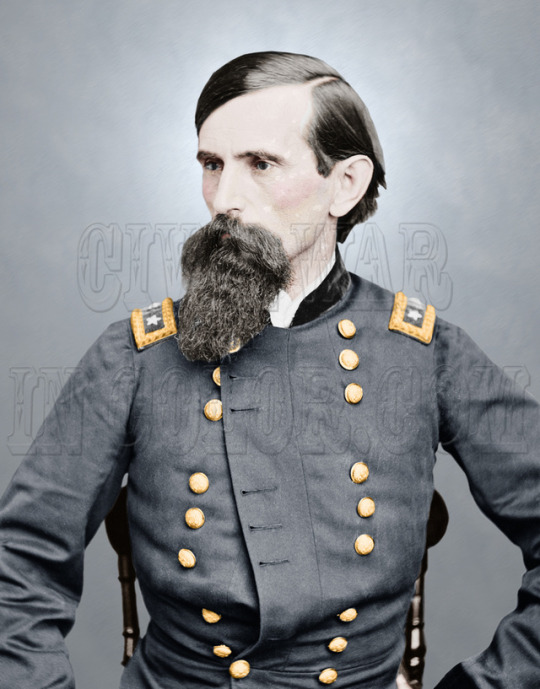#defenseofcincinnati
Photo

Major General Lew Wallace; Savior of Cincinnati, Author of Ben Hur
“Think of the earth ten thousand men can move in one day! Then, if the Confederates give us a week, we can get half of Indiana and half of Ohio behind the breastworks." – U.S. Gen. Lew Wallace
On September 1, U.S. Gen. Horatio Wright, cmdr. of the Dept. of Ohio, requested U.S. Gen. Lew Wallace take command of the troops in Cincinnati, Ohio. It was feared that C.S. Gen. Kirby Smith having captured Richmond, Ky., would now target Cincinnati, the largest city west of Baltimore, Md. and north of New Orleans, La.
Wallace’s staff pointed out, “There is nothing at Cincinnati with which to make a defense – not a solider, not a gun, not a fort. To try must end in failure.”
Wallace, the future author of the 19th century’s bestselling novel Ben-Hur, came up with a plan.
On September 2, he enacted Martial law. Every able-bodied man would be given the choice “to work or fight.” He called in local surveyors and civil engineers to teach them military engineering, so they could construct the riffle pits and breastworks.
On the second day 15,000 men were sent across the river to begin the defenses.
Realizing the ferryboats could not move fast enough, Wallace called in the top local builders requesting construction of a pontoon bridge. They responded that it could be done within 48 hours. “… we will go up into the Licking River and fetch down coal-barges, which, with the help of a steamboat, we will tie and anchor and make into a bridge for you twenty-five feet in width from shore to shore”.
The railroads were running day and night. The foundry at Cincinnati contributed ten Napoleon guns. The arsenal in Indianapolis, Ind. sent all the ordnance they had. Both Ohio and Indiana sent men armed with their best weapons, some of which were Revolutionary War horse pistols.
By the fifth day of the proclamation, 72,000 were prepared to defend the area, 60,000 of them were irregulars a.k.a. the “Squirrel Hunters”. The men were fed by women making sandwiches around the clock.
“If the enemy should not come after all of this fuss,” said a doubting Wallace friend, “you will be ruined.”
On the 10th, C.S. Gen. Henry Heth and his column arrived at Covington. Heth’s intel had Cincinnati defended by logs painted black, hastily dug breastworks and impressed lawyers, doctors, shopkeepers as combatants; “… and that at the first shot they would break for the river.”
Instead of ordering an assault, the rebels looked over the fort, the recently constructed breastworks and the masses of people behind them.
On the morning of the 12th, the Confederates were gone.
#genlewwallace#genhenryheth#genheth#defenseofcincinnati#defenderofcincinnati#saviorofcincinnati#genkirbysmith#genhoratiowright#benhur#civilwargeneral#historyinfullcolor#historyincolor#civilwarincolor#civilwarphoto#civilwarcolorphoto
0 notes